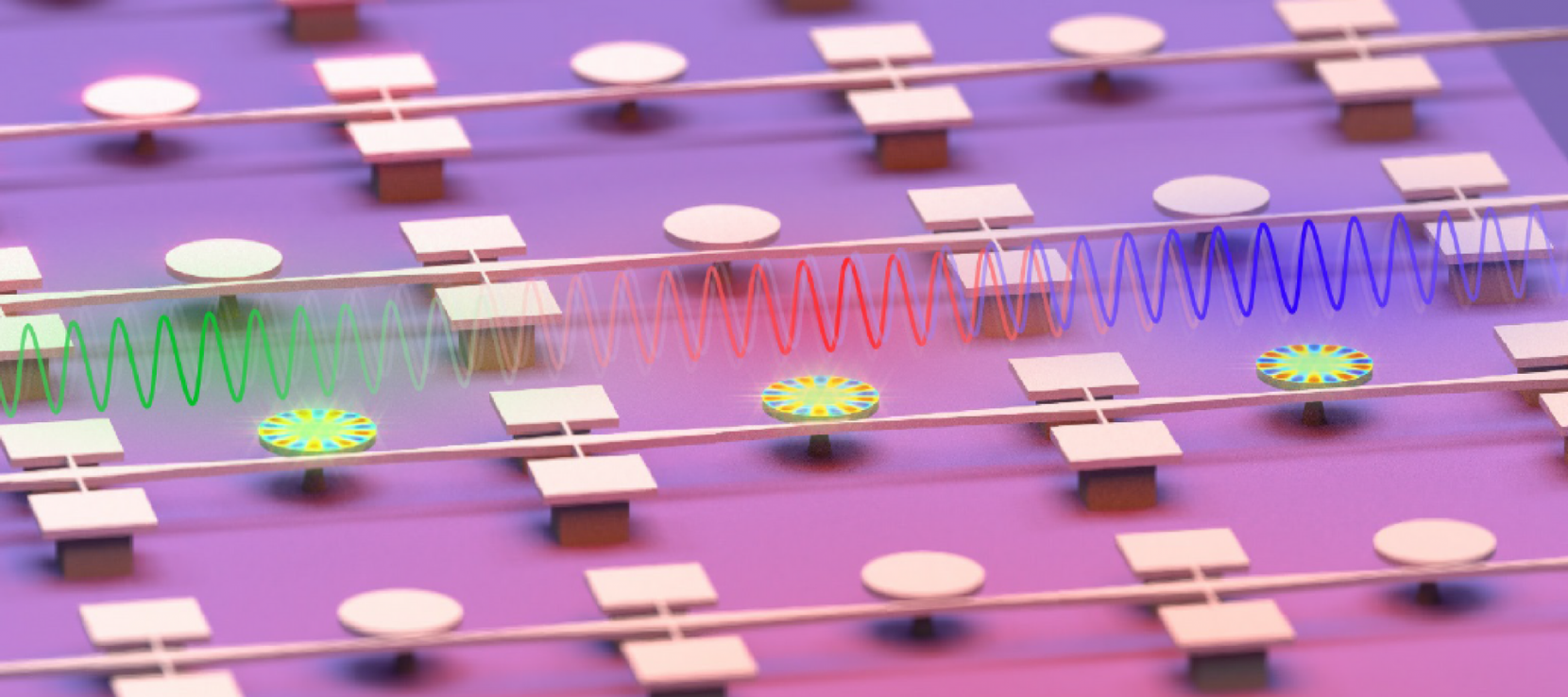
Matériaux et Phénomènes Quantiques
Présentation
Le laboratoire Matériaux et Phénomènes Quantiques (MPQ) est une unité mixte de recherche (UMR 7162) du CNRS et de l’Université Paris Diderot, installée sur le campus de Paris Rive Gauche. Elle est composée d’environ 120 personnes au total dont 51 permanent.e.s.
Le laboratoire est spécialisé dans l’étude des matériaux quantiques de frontière et dans le développement de dispositifs quantiques innovants. Ces activités reposent sur un large spectre de compétences théoriques et expérimentales alliant la physique des matériaux, le transport et l’optique, et des plateformes technologiques de salle blanche, de spectroscopie et de microscopie électronique haute résolution.
Les activités de recherche du laboratoire MPQ se déclinent selon les thèmes suivants :
- nouveaux matériaux à l’échelle nano : nanoparticules, nanocristaux, nanotubes fonctionnalisés, matériaux multiferroïques, etc.
- nouveaux états de la matière : fluides quantiques de lumière, couplage ultra-fort en cavité, supraconducteurs non-conventionnels, systèmes fortement corrélés, phases topologiques, etc.
- systèmes nano-optiques innovants : optomécanique, nanophotonique non-linéaire, nanoplasmonique, etc.
- ingénierie quantique et information quantique : composants optoélectroniques quantiques, circuits photoniques quantiques, ions piégés, matériaux et composants hybrides organique/inorganique, ingénierie des surfaces/interfaces.
Les projets actuels du laboratoire incluent le développement de nouvelles sondes pour l’étude des matériaux quantiques, comme la spectroscopie Raman résolue en temps, la microscopie AFM opto-mécanique et la microscopie tunnel sous excitation optique. Réciproquement, les matériaux de frontière sont mis à profit pour la réalisation de nouvelles fonctionnalités dans des senseurs optomécaniques, des circuits photoniques non-linéaires et quantiques, ou encore dans des expériences de transport mésoscopique en cavité optique.
Autres contacts
Université Paris Diderot - Paris 7
U.F.R. Physique
Bâtiment Condorcet
10, rue Alice Domon et Léonie Duquet
75205 PARIS CEDEX 13
